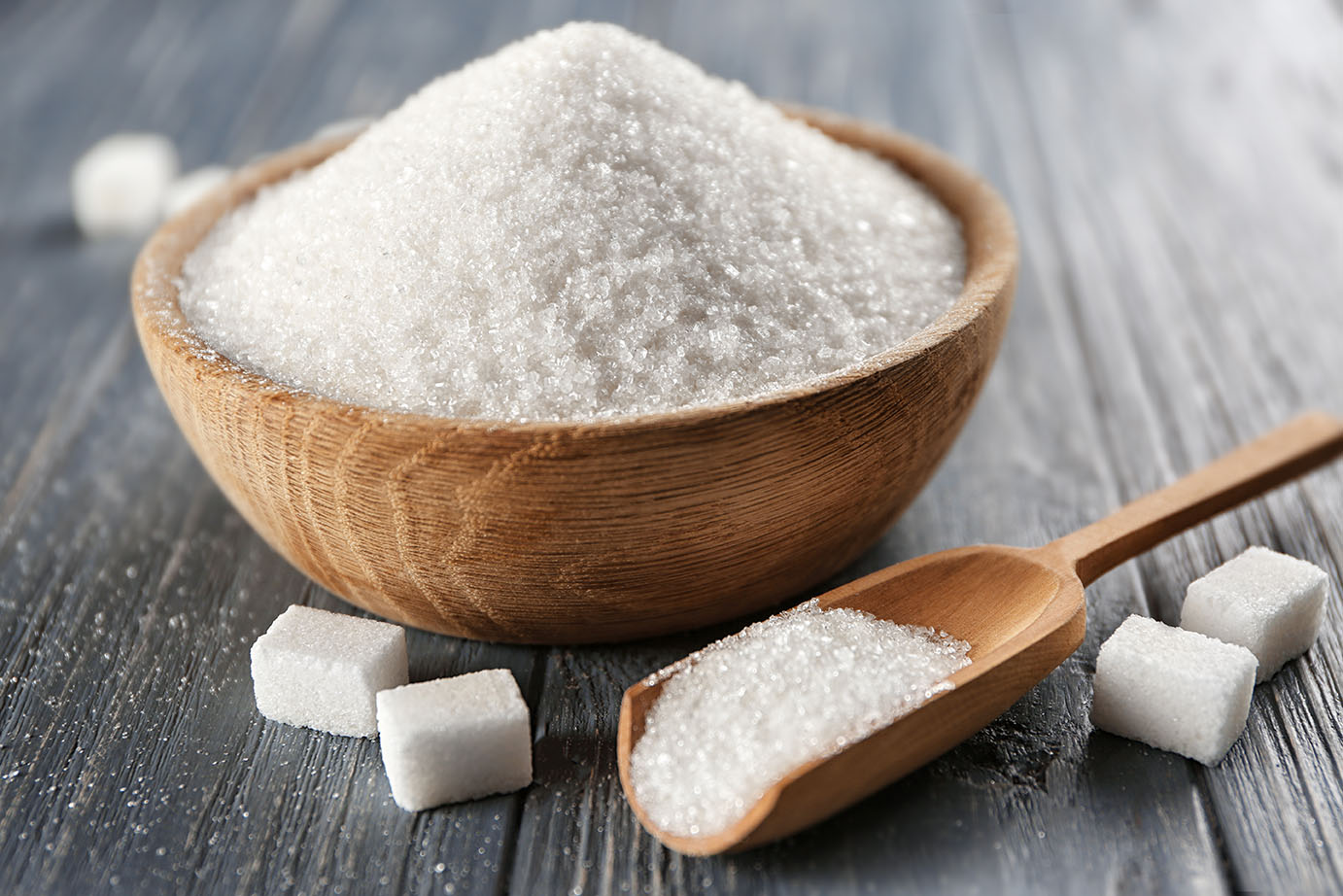
< Back
sugar
Definition
Sugar is a carbohydrate that is composed of carbon, hydrogen, and oxygen. It is a white, crystalline solid that is soluble in water. Sugar is found in many foods, such as candy, cookies, and fruit.
There are many different types of sugar, including sucrose, glucose, and fructose. Sucrose is the most common type of sugar and is found in table sugar, cane sugar, and beet sugar. Glucose is the sugar that is used by the body for energy. Fructose is the sugar that is found in fruits and honey.
Sugar is a good source of energy, but it is also high in calories. Too much sugar can lead to weight gain and other health problems, such as tooth decay and obesity.
The recommended daily intake of sugar for adults is 25 grams for women and 38 grams for men. Children should consume even less sugar.
There are many ways to reduce your sugar intake. One way is to read food labels carefully and choose foods that are low in sugar. You can also reduce your sugar intake by eating more fruits, vegetables, and whole grains.
How can the word be used?
The coffee was too sugary for me.

Different forms of the word
Noun: sugar.
Adjective: sugary.
Verb: to sugar.
Etymology
The word "sugar" comes from the Sanskrit word "śarkarā", which means "ground or candied sugar". It was first used in English in the 13th century.
The word "sugary" means that something tastes like sugar.
The word "to sugar" means to add sugar to something.
Question
What is sugar?
AQA Science Exam Question and Answer
Question:
Explain the role of sugar molecules as a source of energy in living organisms. Describe how cells utilise sugars through cellular respiration and provide an example of a specific sugar and its metabolic pathway.
Answer:
Sugar molecules, such as glucose, serve as vital sources of energy in living organisms. Cells extract energy from sugars through cellular respiration, a complex metabolic process that generates adenosine triphosphate (ATP), the currency of cellular energy.
During cellular respiration, glucose is broken down into smaller molecules through a series of enzymatic reactions. These reactions release energy, which is captured and stored in ATP molecules for various cellular activities.
For example, in glycolysis, a metabolic pathway occurring in the cytoplasm, glucose is converted into pyruvate, producing a small amount of ATP. Pyruvate then enters the mitochondria, where the citric acid cycle and oxidative phosphorylation further break it down, generating a large amount of ATP.
This energy-rich ATP is utilised in processes like muscle contraction, active transport of molecules across cell membranes, and DNA replication. In essence, the breakdown of sugars through cellular respiration provides the essential energy needed to drive numerous cellular functions, ensuring the survival and proper functioning of living organisms.